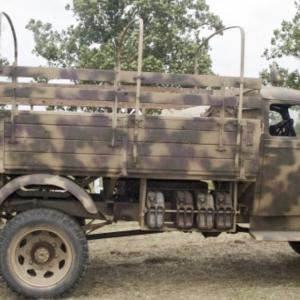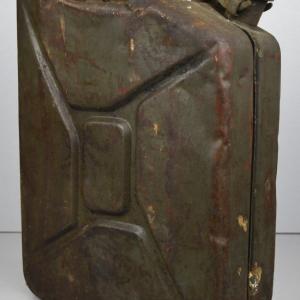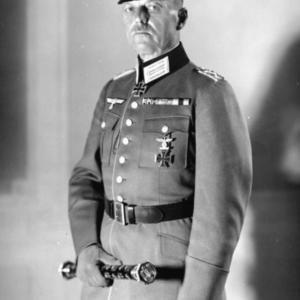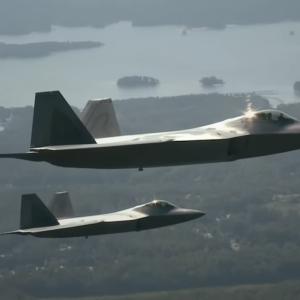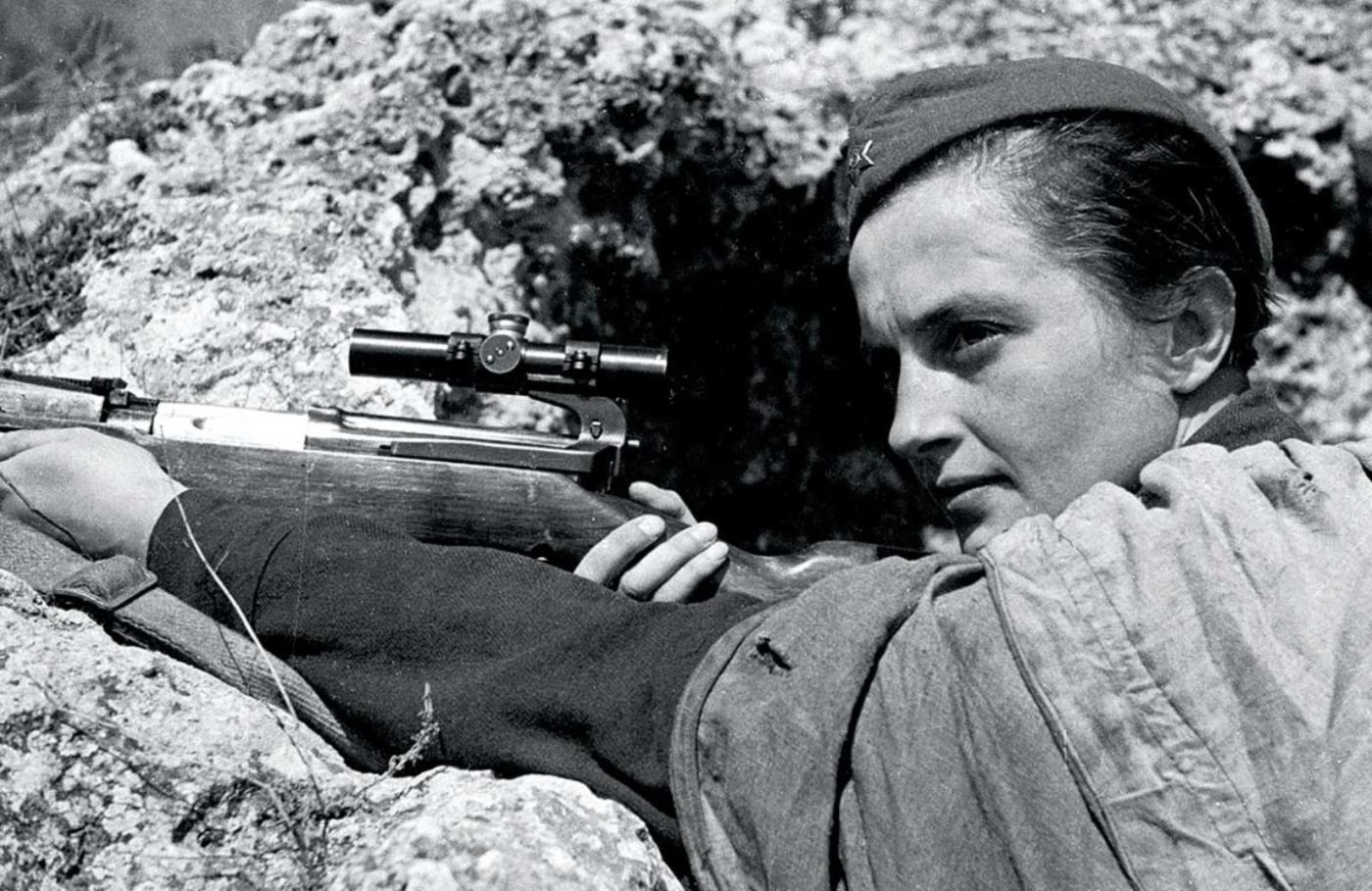
Female Russian sniper
Lyudmila Mykhailivna Pavlichenko was born on July 12, 1916, in Bila Tserkva, a town near Kyiv in what was then the Russian Empire and is now Ukraine. Her family moved to Kyiv when she was still young. From an early age, Pavlichenko was headstrong, athletic, and competitive. She was determined to prove herself equal to boys in both physical and intellectual pursuits. After hearing a neighborhood boy boast about his shooting skills, she decided to train in marksmanship to show she could do the same. This moment sparked a deep interest in shooting that would shape her future in profound ways.
In the 1930s, while working at the Kyiv Arsenal, she enrolled at Kyiv University, where she studied history. At the same time, she joined a Soviet paramilitary organization, OSOAVIAKhIM, which offered military-style training to civilians. There, she became skilled with firearms and trained extensively in sharpshooting. Pavlichenko’s enthusiasm for precision shooting was driven not only by patriotism but also by a strong belief in personal responsibility and national defense.
When Nazi Germany invaded the Soviet Union in June 1941, Pavlichenko volunteered for the Red Army. Despite Soviet resistance to placing women in direct combat, she refused roles such as nurse or clerk and demanded to be allowed to fight. She was eventually assigned to the 25th Rifle Division as a sniper. Her combat career began near the city of Belyayevka, where she recorded her first two kills. Initially hesitant, she gained confidence quickly and proved to be a meticulous and deadly marksman.
Over the next year, Pavlichenko became one of the most successful snipers of the war. She specialized in concealed ambushes, studied German tactics, and showed incredible patience and resilience on the battlefield. In some cases, she would lie motionless for up to 18 hours to take out a single target. She used the Mosin–Nagant bolt-action rifle equipped with a scope and became feared by the German Army. Her confirmed kill count reached 309, including 36 enemy snipers—an extraordinary number by any military standard. Her most notable actions took place during the sieges of Odessa and Sevastopol, where her skills made her a crucial figure in defensive operations.
In June 1942, Pavlichenko was wounded by mortar fire. Due to her growing fame and the value of her reputation, she was pulled from the front and assigned to a different kind of mission. Rather than returning to the battlefield, she was sent on a diplomatic and propaganda tour of Allied nations. This was a rare assignment for any Soviet soldier, and almost unheard of for a woman. Her new task was to inspire support for the Soviet war effort and foster stronger ties between the USSR and the Allied powers.
During her 1942 visit to the United States, Pavlichenko became the first Soviet citizen to be received at the White House. There she met First Lady Eleanor Roosevelt, who was deeply impressed by her story and later invited her to tour the United States together. Pavlichenko faced a skeptical and at times patronizing American press. Journalists often focused on her appearance rather than her combat achievements, asking questions about makeup, clothing, and femininity. Her most famous response to this line of questioning was pointed and proud: “I wear my uniform with honor. It has the Order of Lenin on it. It has been covered with blood in battle.” Her wit and clarity of purpose won her admiration across the American public, and her tour helped humanize the Soviet war effort for many in the West.
After returning to the Soviet Union, she never returned to combat. Instead, she worked as a military instructor and later completed her history degree at Kyiv University. Following the war, she remained active in veterans’ affairs and worked as a researcher and public advocate. Though her fame faded somewhat in the postwar years, she received many honors during and after her lifetime, including the title Hero of the Soviet Union, the highest distinction for military service.
Lyudmila Pavlichenko died on October 10, 1974, at the age of 58. She remains one of the most celebrated female snipers in history and a powerful symbol of courage, resilience, and patriotism. Her life challenged assumptions about women in war and helped redefine the role of women in the military—not only in the Soviet Union but around the world.

